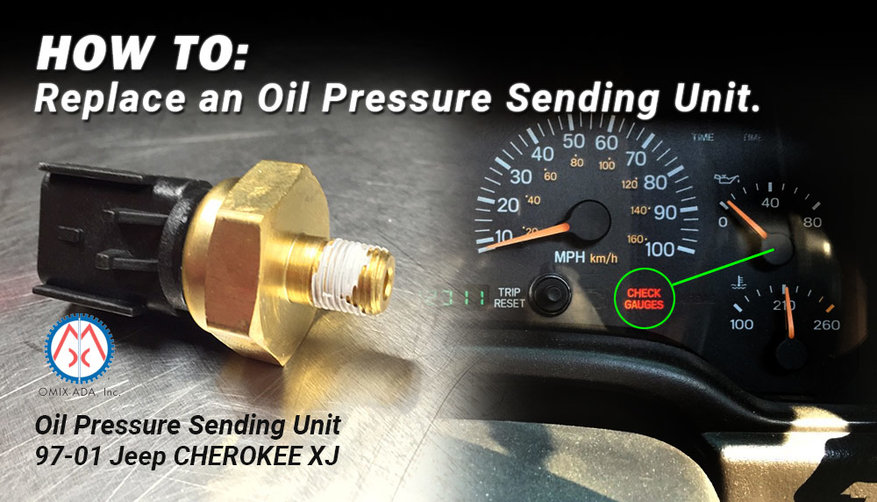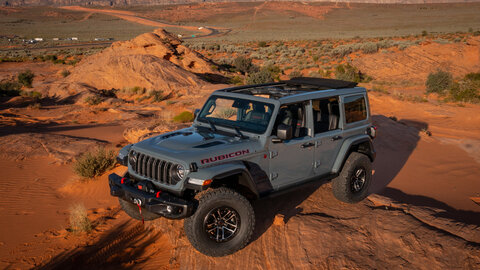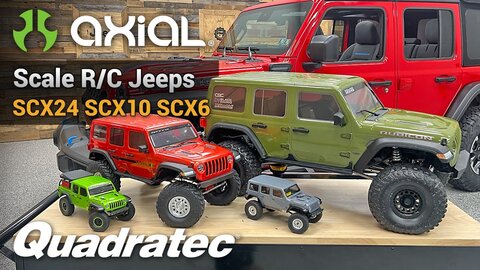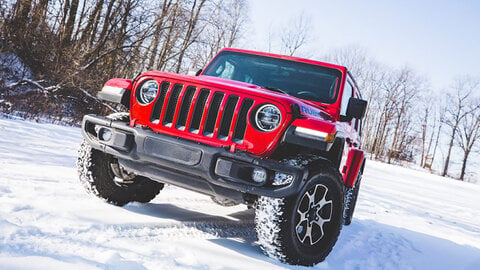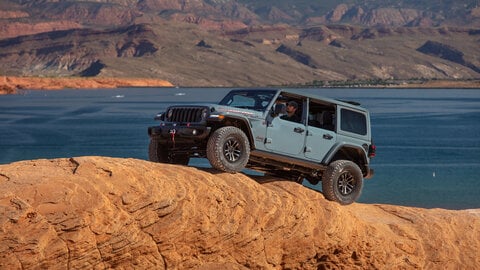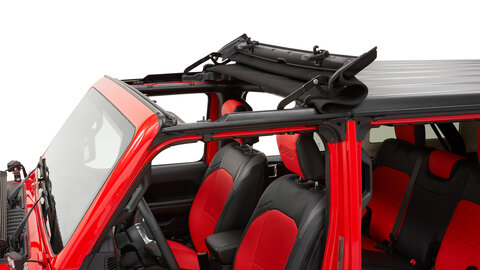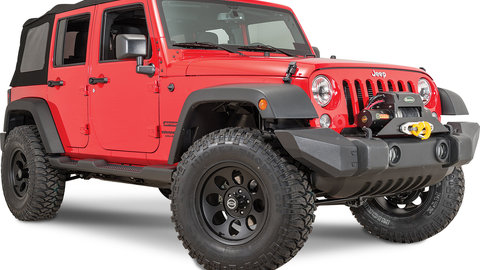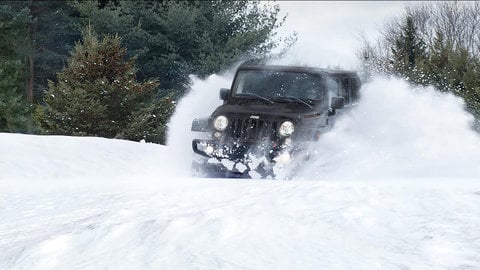Trouble Shooting
Some day you may hop in your Jeep Cherokee, start it up to drive then notice a red "CHECK GAUGES" light pop on to indicate there is a problem... this can be discouraging, but don't worry, you can diagnose the issue. Do what that pesky red light tells you to, and CHECK YOUR GAUGES. You will notice an abnormal reading from one or more of your meters on the cluster gauge. In this specific case, on my 2000 Jeep Cherokee Sport 4.0L, "Nomad", the abnormal reading came from the Oil Pressure Gauge.
When I first noticed the indicator light pop on, I was driving and noticed that when I came to a stop, the RPMs dropped like normal, but so did my oil pressure, enough to trip the indicator light. This is never good, but the Cherokee seemed to be driving and responding like normal with no power loss or anything weird. I decided to continue to drive, as I was very close to my destination (if I was more than a few miles, I'd call a tow truck), so I hit the gas to continue on my way and watched the oil pressure gauge start to rise again, making the indicator light turn off. But as I kept an eye on it, I noticed it was only getting up to about 30 PSI, whereas normal operating PSI should be around 37-58 PSI when driving, and never drop below 13 PSI at idle. At this time I was running 10w30 oil with a Purolator PureONE oil filter. Time to start diagnosing the problem.
After watching the oil pressure gauge erratically fluctuate between 0-80psi as I continued to my destination—still without any power-loss, rough idle, stalling or anything strange, my Cherokee was operating like there was nothing wrong... SWEET??! This should be an easy fix! However, WITHOUT the "Check Engine" indicator being tripped, not telling the CPU any specific details as to what was happening inside my motor, I'd have to put together my own diagnosis. After some head scratching, it seemed to be acting like a faulty sensor, and with this XJ having just over 120K miles on the odometer, replacing the Oil Pressure Sending Unit seemed like the logical place to start. This is also the least expensive and easiest part to replace that could cause such erratic readings. The following steps in this article will guide you through the process of removing an old Oil Pressure Sending Unit, and installing the new one on a 1997-2001 model Jeep Cherokee XJ with a 4.0L Engine.
What You Will Need
- OMIX-ADA Oil Pressure Sending Unit
- 1 1/16" Deep Well Socket and Wrench OR Adjustable Channellock Wrench
- Safety Glasses
- Oil Catch Can/Hopper
- OPTIONAL: Thread Seal/PTFE Tape
Removal
**Whenever working with electrical sensors, it's good practice to disconnect the negative battery terminal first.
1. Locate the Oil Pressure Sending Unit which is found near the oil filter on the passenger's side of the engine block. Follow where the oil filter threads onto the filter adapter elbow, that elbow attached to the engine block will have another smaller elbow adapter closer to the side of the block which is where the Oil Pressure Sending Unit is found. Once the sending unit is located, you'll see that the electrical connector is equipped with a RED safety tab that must be slid to the side to unlock the wiring harness from the sending unit. Use caution when sliding the red safety tab as they become brittle over time and can easily break. With the safety tab unlocked, now use a fingernail to lift up on the smaller remaining harness clip that will now allow the wiring to release from the sending unit, and carefully pull the harness away from the sending unit (if you find that the red tab is positioned in such a way that makes it difficult to release, you can carefully rotate the sending unit slightly while wires are still attached to give you enough room to properly unlock the red tab). **DO NOT FULLY ROTATE SENDING UNIT WITH WIRES ATTACHED**

2. Now with the wiring harness separated from the Oil Pressure Sending Unit, you will be able to fully remove sending unit from it's port. This is a good time to place your oil catch can underneath your Jeep to catch any oil that may spill out. Using your 1 1/16" Deep Well Socket and Wrench OR Adjustable Channellock Wrench, gently rotate the Oil Pressure Sending Unit counter clockwise until it's completely out. Keep a rag or paper towel handy to catch any oil that may drip out, and don't let any debris fall into the now open hole.

Installation
1. Now that you've successfully removed the old sending unit, the installation of the new sending unit is pretty straight forward... Simply follow the removal steps in reverse. If you find oily pasty build up inside the port for the sending unit, use a pipe-cleaner to clean out any gunk before threading in the new sending unit. If your new Oil Pressure Sending Unit did not come with some type of thread sealant, use a small amount of Thread Seal/PTFE Tape to insure you won't have any leaks. During installation, be sure to reconnect the red safety tab on the wiring harness.

2. Once your new Oil Pressure Sending Unit is properly installed back in it's place and connected to it's wiring harness and all is secure and tight, it's time to test your work. Remember if you disconnected your negative battery terminal, now would be a good time to reconnect that and start up your engine! Let your XJ idle for a couple minutes until it's at running temp. While you're waiting, keep an eye on your oil pressure gauge. If your problem was a simple faulty sensor that has reached the end of it's life, you will be able to tell almost immediately.

All Other Available Oil Pressure Sending Units for 84-01 Jeep Cherokee XJ:
Late Model XJs 97-01:
Early Models XJ 84-96:
- Crown Automotive Oil Pressure Sending Unit for 92-96 Cherokee XJ with 2.5L or 4.0L
- OMIX-ADA Oil Pressure Sending Unit for 92-96 Cherokee XJ with 2.5L or 4.0L
- OMIX-ADA Oil Pressure Sending Unit for 92-96 Cherokee XJ & Comanche MJ with 2.5L or 4.0L Engine
- Crown Automotive Oil Pressure Sending Unit for 84-91 Cherokee XJ with 2.5L or 4.0L Engine with Gauge Pack & 84-86 Cherokee with 2.8L Engine
- OMIX-ADA Oil Pressure Sending Unit for 84-91 Cherokee XJ with 2.5L or 4.0L Engine with Gauge Pack & 84-86 Cherokee with 2.8L Engine
- OMIX-ADA Oil Pressure Sending Unit for 84-90 Cherokee XJ with 2.1L Diesel Engine & Export 91-96 Cherokee XJ with 2.5L or 4.0L Engine












